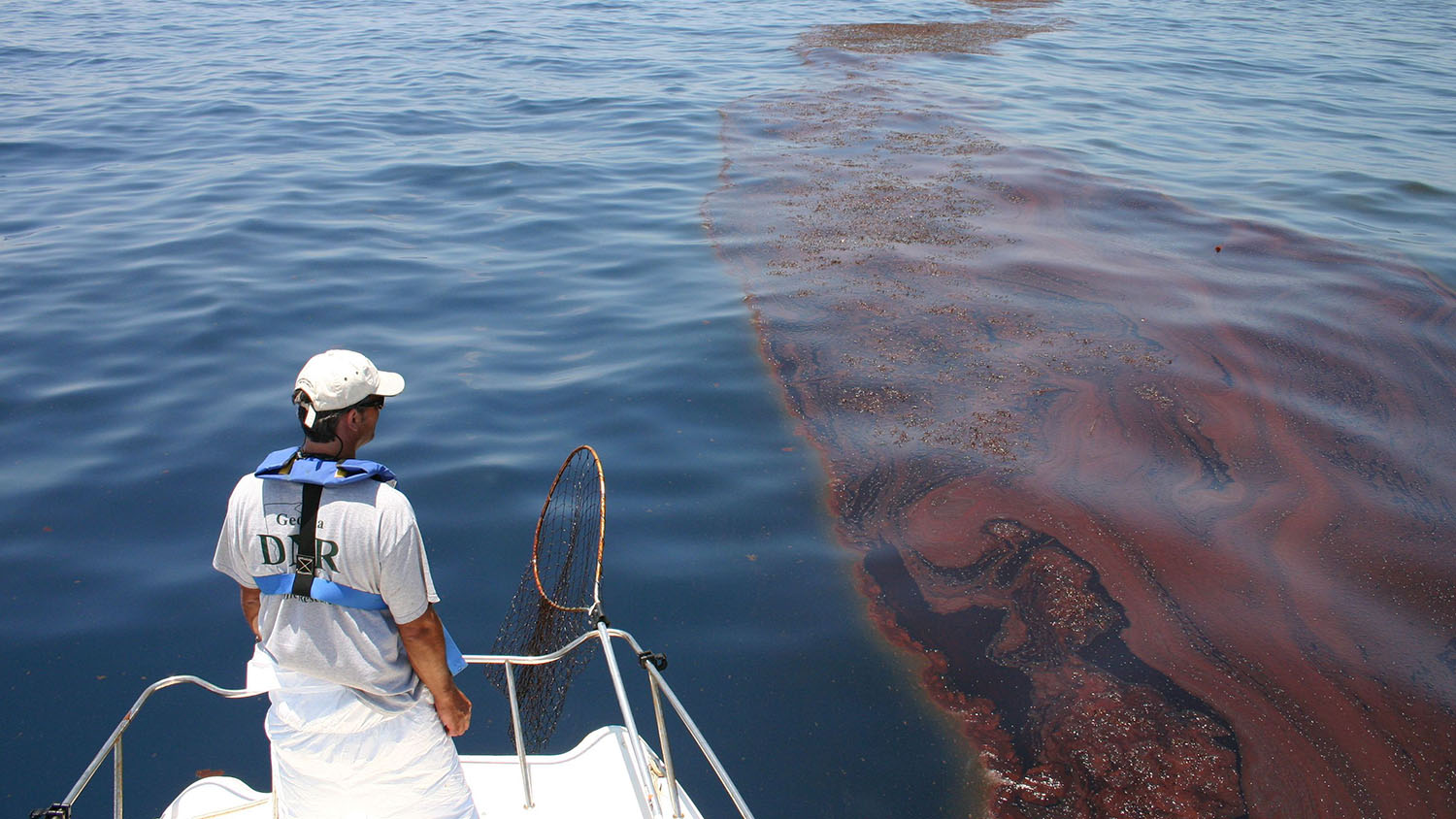What’s the Value of Lost Recreation Days From the Deepwater Horizon Oil Spill?

In 2015, BP reached an $18.7 billion settlement with the U.S. Department of Justice and five states, stemming from the 2010 BP Deepwater Horizon oil spill. Leading up to that settlement, a team of researchers conducted the largest damage assessment ever to determine the value of lost recreation days, focusing specifically on the Gulf Coast. And those researchers are now explaining how they did it.
The details are important, because the work used to assess the value of lost recreation days may serve as a blueprint for assessing the economic impact of other environmental disasters in coastal areas.
The Gulf Coast has long been a popular recreational area, drawing beachgoers, anglers, hunters and other outdoor enthusiasts from across the United States. Much of that activity was affected by the oil spill, which fouled beaches, wetlands and wildlife from Texas to Florida.
How Do You Calculate the Cost of People Not Showing Up?
Researchers used thousands of aerial photographs and on-site surveys to determine the number of “lost days,” meaning the number of overall days that people didn’t go to the coast when they otherwise would have.
In all, those researchers estimated that, over the 18 months following the oil spill, the affected region lost 12.3 million user days.
How Much Is a User Day Worth?
“We focus on what’s called ‘lost consumer surplus,’ which is the difference between what people are willing to pay and what they actually pay – that’s what’s compensable under the law,” says Roger von Haefen, co-author of a recent paper published in the Journal of Environmental Economics and Management titled “Estimating the Value of Lost Recreation Days from the Deepwater Horizon Oil Spill.”
“For example, if someone was willing to pay as much as $100 for a fishing trip, but the trip only cost $25, then the lost consumer surplus would be $75,” explains von Haefen, who is associate director of NC State’s Center for Environmental and Resource Economic Policy. “So, how much were people willing to pay for those days they couldn’t spend on the Gulf Coast – and what was the lost consumer surplus for those days?”
To address the question, von Haefen and his colleagues collected data from a nationally representative sample of U.S. citizens about recreational trips to the Gulf Coast region. The researchers then used that data to create a demand model for coastal recreational trips that was able to estimate recreational losses to the region. The team found that each lost day was equivalent to approximately $42 in lost consumer surplus, in 2015 dollars.
Multiplied across all of the lost user days, they determined that the recreational damages came to $520 million, with a margin of error of $166 million. After accounting for coverage gaps, such as early morning and late evening activities that weren’t captured by the research methods, total damages rose to $661 million.
“The approach we outline in the Journal of Environmental Economics and Management can be used to help ensure that recreational losses are accurately captured in the event of future environmental disasters,” von Haefen says.
“Hopefully, large oil spills like the Deepwater Horizon only come along once in a generation. But smaller spills happen fairly often, and it’s important to understand the full economic impact of those spills. Ideally, compensating the public for its losses will incentivize oil companies to take whatever steps are needed to minimize the risk of spills.”
The paper was co-authored by Eric English of Bear Peak Economics; Joseph Herriges and Frank Lupi of Michigan State University; Christopher Leggett of Resource Systems Group; Kenneth McConnell of the University of Maryland; independent consultant Michael Welsh; Adam Domanski of ECONorthwest; and Norman Meade of the National Oceanic and Atmospheric Administration (NOAA).
The research was funded by NOAA.
- Categories:


